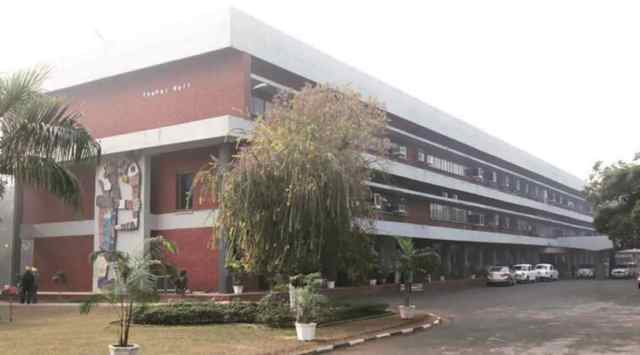Stay updated with the latest - Click here to follow us on Instagram
Adopt intercropping systems developed by varsity: PAU VC urges small, marginal farmers of Punjab
Gosal added that enhancing the income of small and marginal farmers, who accounted for 33 per cent of total land holdings in the state, was among the major challenges in agriculture.
 Punjab Agricultural University (PAU) (file)
Punjab Agricultural University (PAU) (file) The Punjab Agricultural University (PAU) has developed technologies for enhancing the farm productivity and income of small and marginal farmers, said the institute’s vice-chancellor Dr Satbir Singh Gosal in a statement Monday.
Gosal added that enhancing the income of small and marginal farmers, who accounted for 33 per cent of total land holdings in the state, was among the major challenges in agriculture.
Stating that there was little scope for horizontal expansion due to the shrinking of land holdings, he added that higher production could be achieved by vertical growth and intercropping was one such option. “The PAU has developed intercropping systems which are well suited to small and marginal farmers, and offer higher productivity and profit per unit area and time as compared to the sole crop,” he said.
Dr Ajmer Singh Dhatt, PAU director of research, informed that autumn sugarcane was the best fit for intercropping as crops like wheat, raya, gobhi sarson, toria, cabbage, radish, peas, tomato, onion, garlic, and gram could be sown, whereas summer moong, summer mash, and okra were suitable for intercropping in spring cane. In autumn cane, intercropping of garlic and onion provided about Rs 80,000-100,000/ha, while gobhi sarson provided about Rs 40,000-50,000/ha additional income. Relay cropping of wheat in basmati rice and of celery in peas were other cost-effective options, he said.
Dr MS Bhullar, head, department of agronomy (PAU), said that intercropping helped in the suppression of weeds, insects/pests, and disease attacks also. Further, it generated employment potential for small farmers’ families and made them self-sufficient in domestic needs, he added.
“Cowpea (as fodder), soybean, and groundnut can be raised as intercrop in maize. Cowpea and maize (as fodder) in cotton, moong in arhar and oats fodder in gobhi sarson are other intercropping options. For farmers having dairy farm also, forage mixtures of maize, jowar and bajra with cowpea and guar provides balanced nutrition. Intercropping adds diversity to the cropping system and may allow lower use of inputs,” he said. Small and marginal farmers must adopt intercropping systems to enhance their family income, he stressed.







